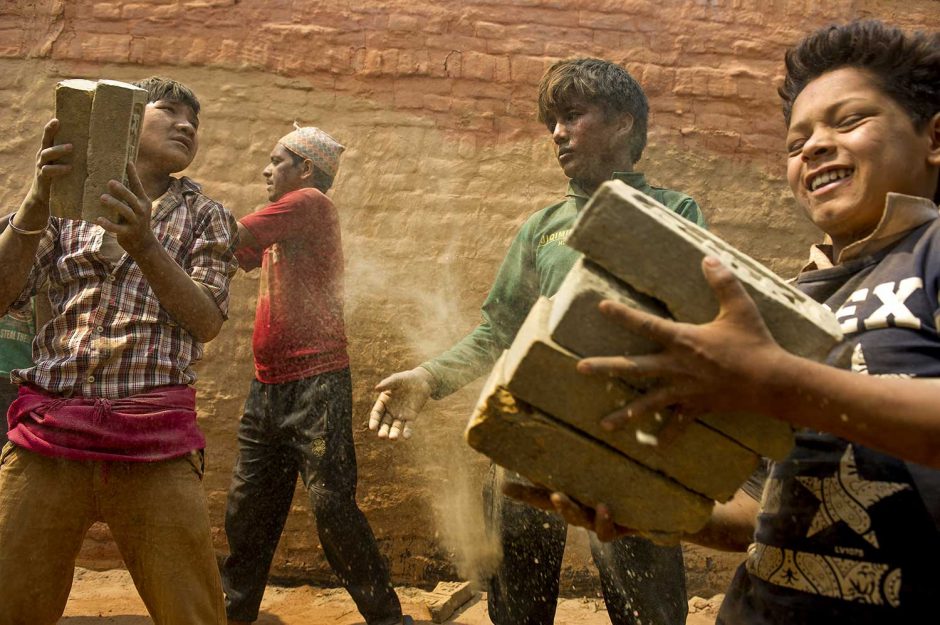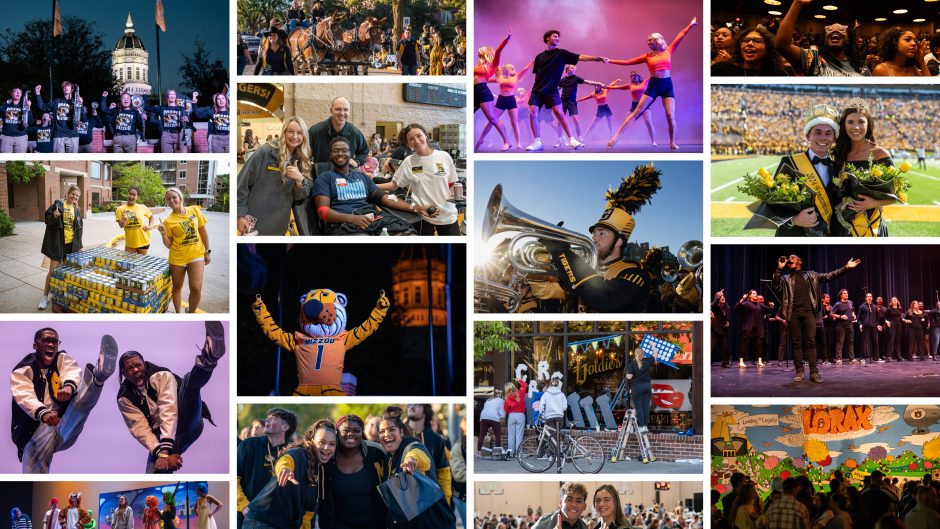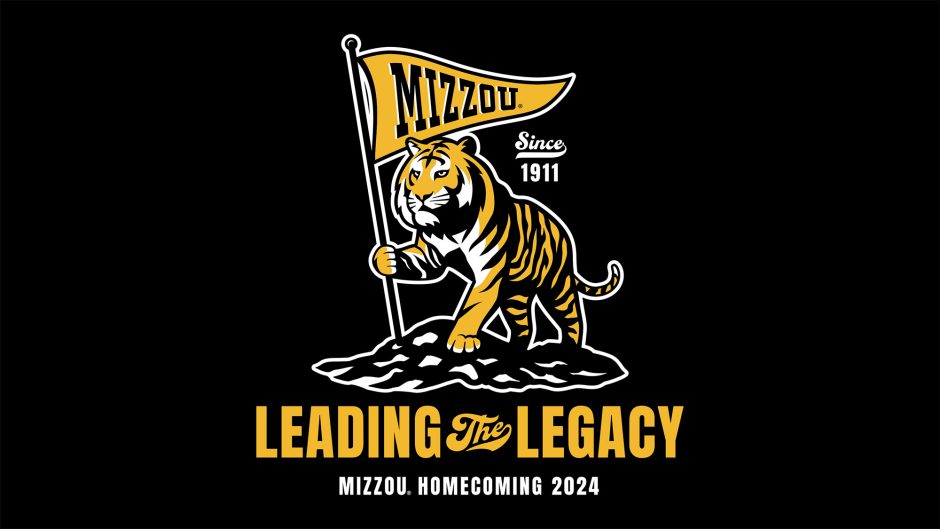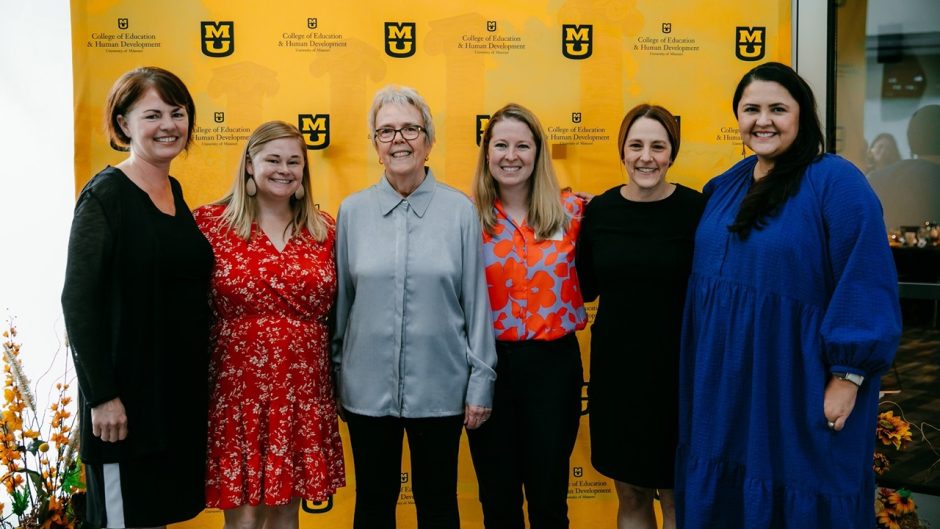
Young boys help stack bricks inside a kiln in Dhading district, Nepal in April, 2016. Despite a national law that bans children under the age of 14 from working, such scenes are commonplace in the country’s brick making industry. This story was funded by the Pulitzer Center on Crisis Reporting.
In the words of Ann Hermes, MA '08, "Photographing this story, getting there and getting access were the most difficult tasks. Some of the areas were remote, and some kiln owners are not happy to see foreign media attempting to uncover their bad practices. Once I was there and everyone was on board with being photographed, it was just a matter of getting in there and getting dirty."
Q: What is a normal week like at the Christian Science Monitor?
A: I am part of a very small photo department at the Monitor, and we all take turns shooting stills and video and editing. The majority of my work is national, but every few months I get to go on international assignments. So, on any given week, I’ll be traveling to a city in the U.S. to cover a short-term story and editing part time while setting up personal projects when I can.
Q: What is happening in the photo of the boys stacking bricks?
A: The photo shows a typical day for working families trying to eke out a living on kilns in rural Nepal. It’s extremely labor-intensive work under a cloud of constant dust and heat from the kiln. Most children under the age of 14 at this kiln could go to school during the day because it was partnering with Better Brick Nepal, a nonprofit working to end child labor and improve working conditions.
Most families are paid per brick they either make or haul, so there’s an incentive for families to earn more with the help of their children. Earning minimum wage would help to end the problem, as would some type of kiln certification that might spur a market preference for ethically sourced bricks. A similar idea was instituted in the carpet industry in India.
Nepal is still rebuilding from the 2015 earthquake, so there is need for bricks as well as a need to shift business practices. As Nepal receives money for rebuilding from the international community, we can focus on where and how our donations will be used. The government and construction companies in Nepal need to feel pressure from consumers to make significant changes.
The assignment was also funded by Pulitzer Center on Crisis Reporting, which allowed us the time and resources to concentrate on this story.
Q: What are the best and worst things about being a photographer?
A: Photojournalism has expanded my understanding of the world in a way that few other careers could. I’m grateful for the wisdom I’ve gained from the subjects I’ve worked with. It’s a bit ridiculous that I get to meet people from all walks of life and attempt to tell their stories through this creative process.
That being said — the pay is terrible, and the travel comes at the expense of personal relationships. Photojournalism is more of a lifestyle than a career. For me, the rewards seem to be worth it for as long as you can contort your life around the demands of this life. As a woman in the industry, there is another set of challenges. It’s a balancing act between personal safety and the desire to stay competitive and affordable to editors.
Q: How did your education at Mizzou contribute to your success as a photojournalist?
A: Mizzou really gave me what I needed to hit the ground running on assignments. I was really well prepared to shoot for a newspaper, and I think that gave me a leg up. I studied photojournalism because I knew how to take a photo, but I didn’t know how to tell a story. Even though most media outlets understand the value of visuals, I feel like there’s still a stigma in newsrooms that photographers are just coffee runners who picked up a camera. At our best, we do as much research and interviewing as the reporter does for any given story, and then we do the work of shooting and finding the best visual approach to represent the facts. I feel like Mizzou helped me focus on the journalism of photojournalism.
Q: What have been your favorite assignments so far?
A: Early in my career at the Monitor, they flew me to Egypt at the beginning of the Arab Spring. I ended up staying for weeks and covering the fall of Mubarak in Tahrir Square in Cairo. It’s hard to beat witnessing history like that.
Q: What are your long-term goals?
A: I’d like to get back to long-form storytelling. Intimate, slow-burn stories are a scary challenge, and I’m definitely at a point in my career where I need to take that on.
Q: What is your advice to aspiring photojournalists?
A: Network. In grad school I was under the impression we were living in a meritocracy, which led to my trouble getting an internship right out of school. Some of the most talented photojournalists I know aren’t being published and can’t make ends meet because they don’t know how to market themselves. Make coffee dates with intimidating editors, introduce yourself to other photographers, and meet as many people as you can so they can place a face to a name when it comes time to hand out assignments.
Q: Do you have any regrets when it comes to the photos you’ve taken or not taken?
A: I regret every time I didn’t stay longer — you should always stay longer. The photos you least expect seem to happen just as you’re about to leave.




